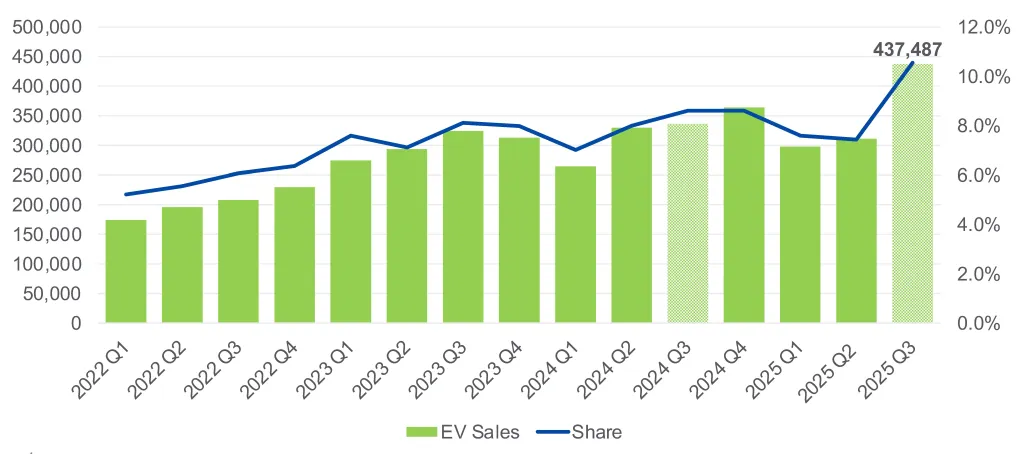Next CR-V And Civic Hybrids Borrow A Trick From The Prelude To Feel Fun Again

- Honda revealed a new platform to support its next hybrid models.
- It’s lighter, stiffer, and engineered to deliver sharper handling.
- A camouflaged Civic mule previews the platform’s next evolution.
Honda used its Automotive Technology Workshop to share new details about a next-generation platform that will form the backbone of its upcoming hybrid range. The new architecture is set to underpin models such as the Civic, HR-V, CR-V, Accord, and several others, marking a major step in the brand’s transition toward cleaner and more efficient vehicles.
The new platform’s design centers on improved rigidity to sharpen handling, a development that will also influence Honda’s future EV structures. Engineers have managed to reduce overall weight by 90 kilograms (198 pounds) compared to the current setup.
According to Honda, these changes will make future models both more engaging to drive and more economical at the pump.
More: Honda Bets On A New Hybrid V6 Instead Of Going All Electric
Honda has also drawn on its robotics expertise to introduce a new Motion Management System, designed to enhance stability and steering response. Complementing this is an upgraded Agile Handling Assist system, now paired with a pitch control feature to deliver steadier behavior across a variety of road surfaces.
Another focus area is modularity. The updated platform will allow for more than 60 percent parts commonality between models, streamlining development and manufacturing while reducing costs.
Next Civic Prototype
Among the vehicles being tested on this new foundation is a camouflaged Civic mule, previewed in these official photos you see here. The test car wears the body of the current Civic but features a noticeably bulkier front end, boxier bumper design, and a longer overhang. These changes are purely functional, meant to accommodate and evaluate the new underpinnings rather than preview final styling.
More: Honda’s New Electric SUV Might Be Small But Its Global Ambitions Are Big
The extensions on the front and rear fenders hint at wider tracks, while the inserts on the hood could be related to aerodynamics.
The tail is carried over from the existing Civic sedan, but it gets dual tailpipes. Of course, the design of the final product will be different, as this vehicle is only intended for testing the new underpinnings.
Prelude Tricks Trickle Down The Range
The upcoming hybrid powertrain is expected to pair a 2.0-liter gasoline engine with electric motors, offering better performance with higher efficiency. It will also borrow certain traits from the Prelude coupe, including the Honda S+ Shift system. This feature mimics gear changes through sound and torque modulation, adding a familiar rhythm to the driving experience despite the absence of a physical gearbox.
The fake gearshifts will also find their way into the Super-One EV. The urban hatchback that debuted at the Japan Mobility Show will have a simulated seven-speed setup, an active sound control system, and a “Boost” driving mode, making the best out of the fully electric powertrain.
It rides on a lightweight platform evolved from the N Series kei cars, with a wider stance and a battery pack mounted under the floor. The Super-One will arrive in Japan from 2026, followed by the UK, Europe, and other Asian countries.
Honda’s long-term vision reaches well beyond product development. By 2050, the company intends to achieve full carbon neutrality across all its vehicles and corporate operations. In that same timeframe, it also aims for a world where traffic collisions involving its motorcycles and cars result in zero fatalities.















